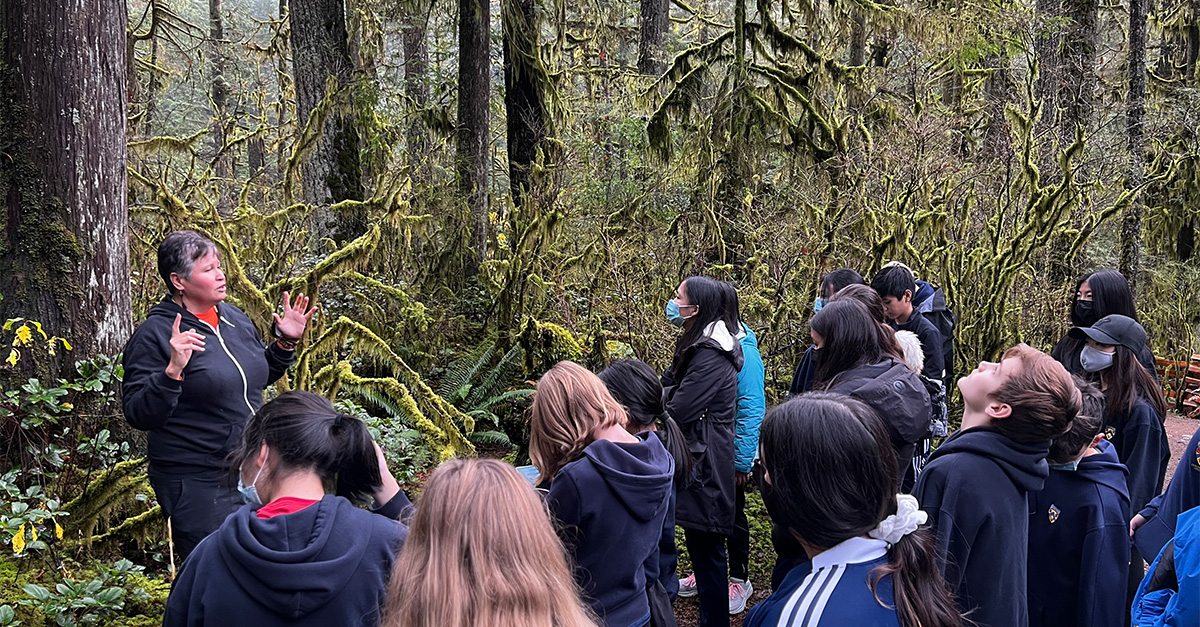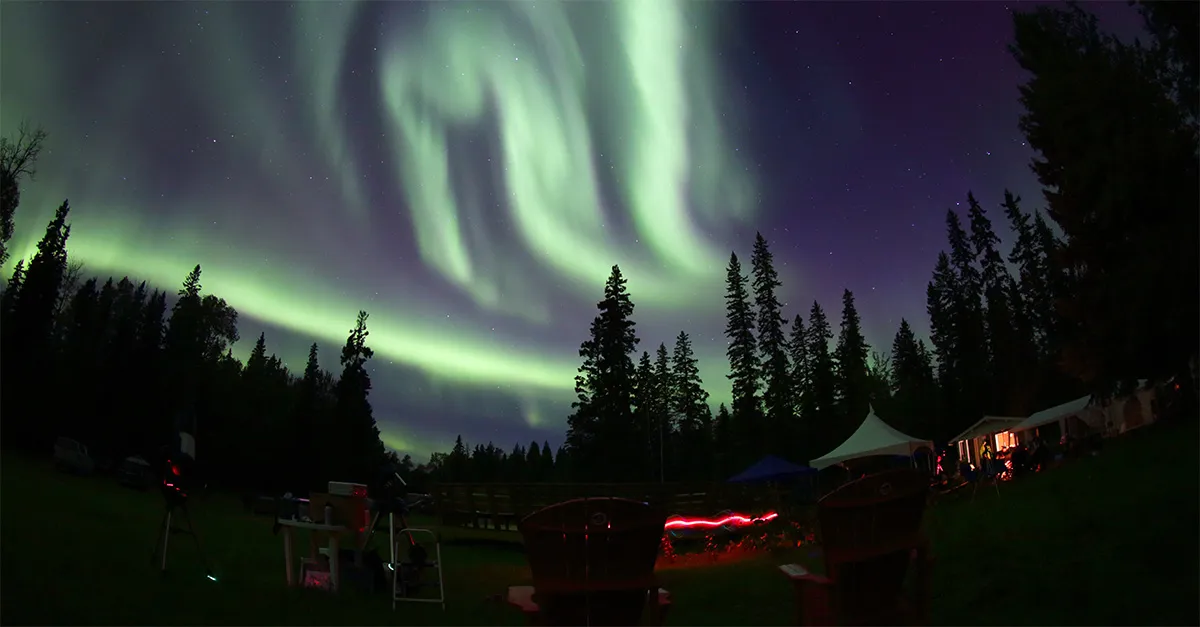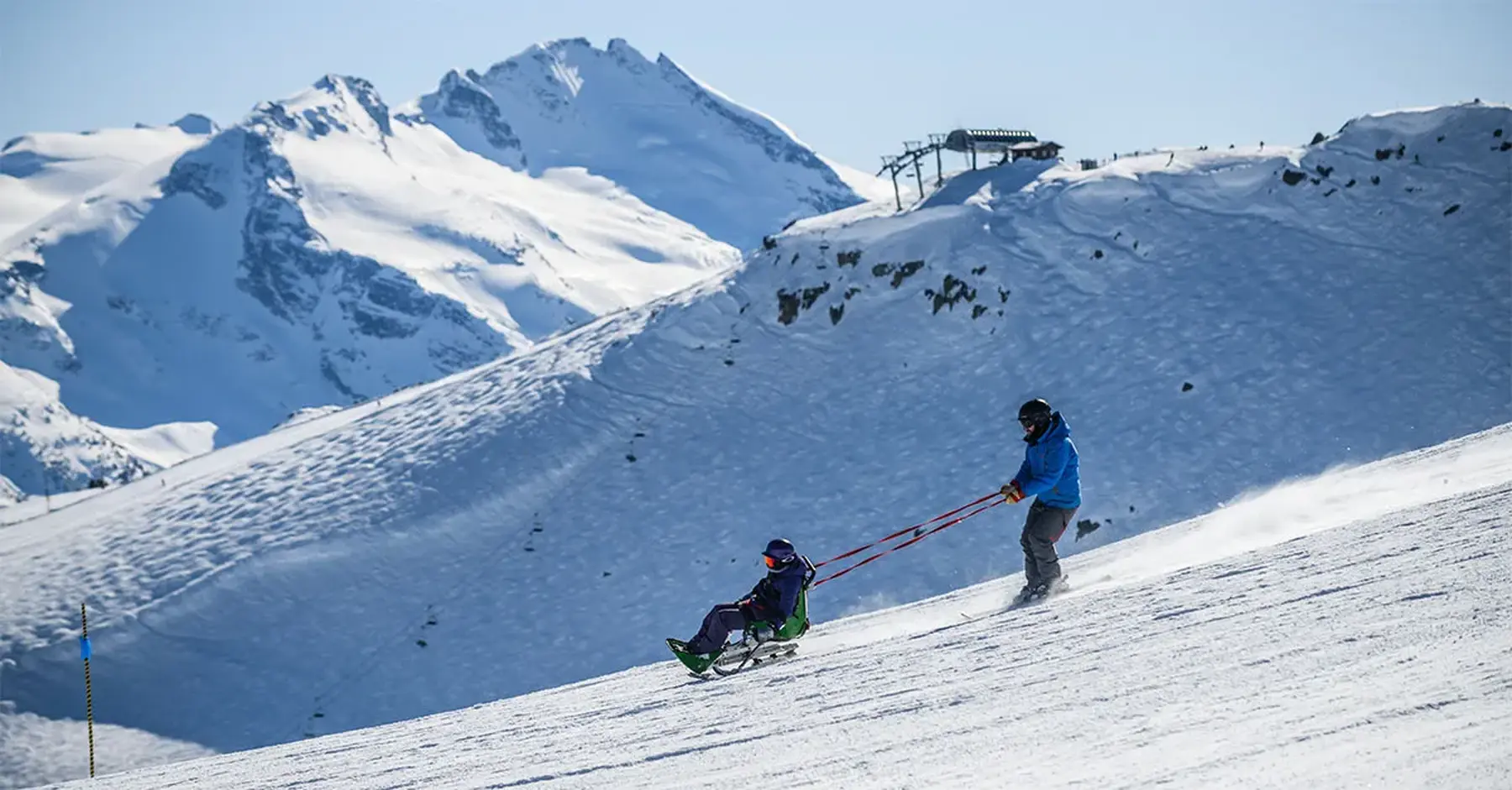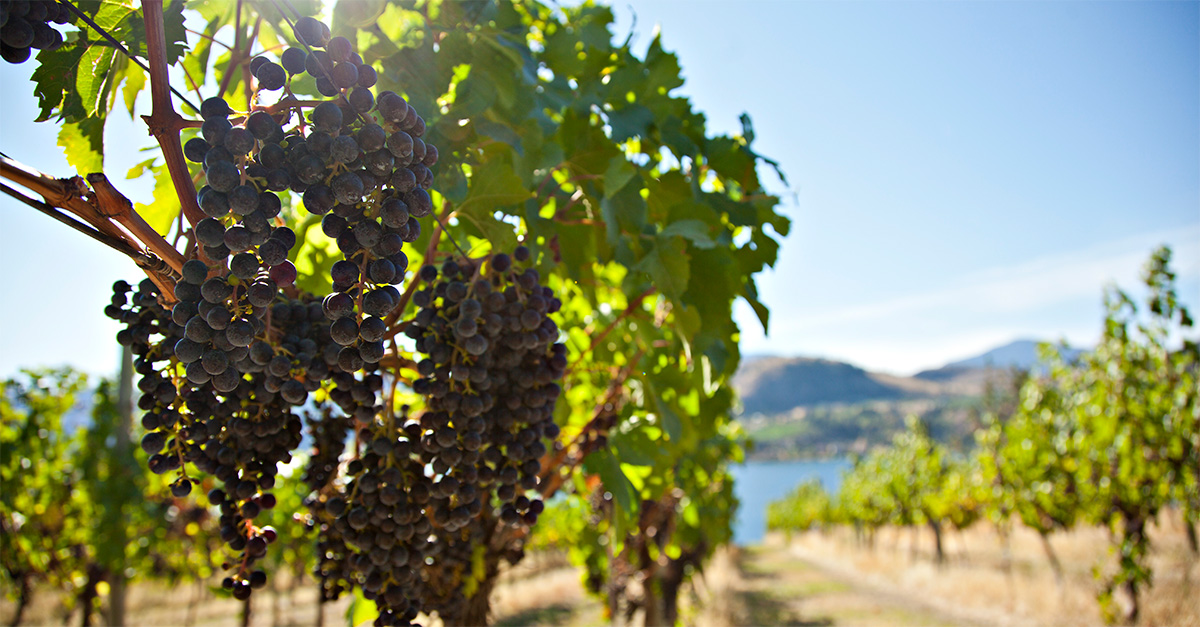You are viewing 1 of your 2 free articles
Why Indigenous tourism is so important in Canada
Natalie Marsh talks to Candace Campo from Talaysay Tours about how agents can encourage Indigenous tourism in Canada
Click here to download and save as a PDF

Q. Can you tell me about how you became a guide?
A. I’m a member of the Shíshálh and Squamish community, I’m a schoolteacher and anthropologist and I was raised to really value family, tradition and storytelling. My grandmother was a very quiet woman but despite her upbringing during the more difficult part of our shared history in Canada, she hung on to stories.
Those stories were passed down through the generations and I seem to be the storyteller in our family. I see tourism as a vehicle to support myself and live a good life, to be on my land and to share our culture and history with the world.
Q. How did you set up Talaysay Tours?
A. I participated in many careers, and I value the skillsets, but I was not going to sit in an office for the rest of my working career. I absolutely love the outdoors and I just needed to be outside. And being creative, practising my art form – which is oration of our traditional stories and utilising my anthropological training and my teaching training – it just naturally segued me into tourism.
Q. Do you incorporate stories into your tours?
A. For sure. We try to share about having that relationship with the environment and to see the things that give us health and wealth – such as salmon, such as the forest. They’re living, intelligent beings, and in our culture we believe that they’re spirit beings.
Q. Are there any tours that are particularly popular?
A. Our signature and best-known tour is Talking Trees, which is about how our people utilise the forest for food, medicine and technology. Our other tour is Spoken Treasures, which is our history tour. We see ourselves as cultural ambassadors and most people, including citizens of Canada, have never been able to enjoy or understand the real history of this region.
So, we share the history through Indigenous sites: the history of contact, the initial good relations, then how things transitioned when our populations went into decline from the 1700s.
Q. How did you adapt to the pandemic when your tours are all about connection?
A. When Covid first hit, I was depressed, I was sad, and I knew I needed to go on the land. I thought since I’m on the land, I’m just going to use my iPhone and I’m going to share where I am, and I put it on Facebook Live, because our elders were shut in and I wanted them to see their homeland.
But it was that action and that activity that made me realise I could transition my business and I actually started doing virtual tours on Zoom. Companies like Sony and Google started booking our tours for their employees, as did university groups; we’ve worked with 17 different countries. I do consider us so fortunate.
I can’t believe the good fortune and the opportunities that we’re experiencing right now.
Q. How important is it that Indigenous tourism is incorporated into a trip to Canada?
A. I think to give people a true experience of this area, experiences with Indigenous people are vital. I honestly feel that when our people share our culture and our history and our relationship to the land, it’s all from the heart. Often, we really reach people’s hearts and it’s not uncommon that when we share truth with people they give us hugs.
I feel that Indigenous tourism has a lot to offer the guests that come to Canada.
Q. Should agents encourage Indigenous tourism?
A. Very much so. Those tourism dollars are so essential to the growth and the development of our communities. Those dollars that support small Indigenous businesses go a long, long way.
Candace’s top tip
When we work with the travel industry, building a relationship – sitting down, having conversations and getting to know each other – is really important. It’s not just a financial transaction to our people, it’s so much more.
Read more
x.travelweekly.co.uk/destinations/small-city-alternatives-to-canadas-big-hitters">Small city alternatives to Canada’s big hitters
x.travelweekly.co.uk/destinations/explore-british-columbias-open-spaces-and-epic-scenery">Explore British Columbia’s open spaces and epic scenery
x.travelweekly.co.uk/destinations/six-of-the-best-reasons-to-love-canada">Six of the best reasons to love Canada






